In my datawarehouse model , I have Dim_Date containing a list of dates. I have a fact table Employee_Leaves containing the list of leaves taken by employees.
My fact table has two dates Fk_Leave_Start_Date & Fk_Leave_End_Date .
I don't know if I'm doing this correctly. In my Talend Job , to load the fact table I put the same Date dimension twice in my datasources to retrieve the ID that will be put in the fact for both dates. It's working correctly and even when I moved to reporting everything is working correctly.
I want to know if I'm following Kimball's best practices or not ? Because I saw some of my colleagues doing two separate Calendar dimensions ? And I don't know if the type of relationship I'd have (1 to many or many to many?)
